Cryptosporidiosis in Calves: Why Bedding Cleanliness Is Critical for Neonatal Health
Introduction to Cryptosporidiosis in Calves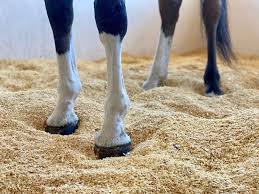
Cryptosporidiosis, caused by the apicomplexan parasite Cryptosporidium parvum, is a major gastrointestinal disease affecting neonatal calves, leading to severe diarrhea, dehydration, and potentially fatal outcomes. Contaminated bedding, particularly wet and soiled materials, serves as a primary reservoir for Cryptosporidium oocysts, increasing infection risk in young livestock. Clean wood pellets, with their exceptional absorbency and hygienic properties, are a vital solution for maintaining a clean environment and preventing this zoonotic disease. Drawing on research from Veterinary Research, this post explores the impact of cryptosporidiosis and the critical role of wood pellets in reducing infection risk through bedding hygiene.
Understanding Cryptosporidiosis in Calves
Cryptosporidiosis is a parasitic infection primarily affecting calves under one month old, with Cryptosporidium parvum being the most common species in cattle. The parasite infects the intestinal mucosa, causing profuse watery diarrhea, dehydration, weight loss, and, in severe cases, death. The Veterinary Research study notes that cryptosporidiosis affects 30-50% of neonatal calves in intensive farming systems, with mortality rates reaching 10-20% in untreated cases. Economic losses include treatment costs ($50-$200 per calf), reduced growth rates, and increased labor, totaling $100-$500 per affected animal. As a zoonotic pathogen, it also poses risks to human health, particularly for farm workers and young children.
How Cryptosporidium Spreads
Cryptosporidium parvum spreads via the fecal-oral route, with oocysts shed in the feces of infected calves contaminating bedding, water, and feed. These oocysts are highly resistant, surviving for months in moist, organic-rich environments like soiled litter. Calves ingest oocysts through direct contact with contaminated bedding or via contaminated teats during suckling. The Veterinary Research study highlights that wet, manure-laden bedding increases oocyst survival, with concentrations reaching 10^5 oocysts/g in damp conditions, amplifying herd-level transmission. Poor hygiene and high stocking densities further exacerbate spread, particularly in calving pens.
Watch this: https://www.youtube.com/watch?v=EfMiN4756zU
The Role of Poor Bedding Hygiene
Wet and soiled bedding, such as straw or low-quality sawdust, creates an ideal environment for Cryptosporidium oocysts. Moisture from urine, water spills, or poor ventilation promotes oocyst persistence, while fecal contamination increases pathogen loads. Reused bedding, common in some U.S. operations, can harbor oocysts between calving cycles, acting as a continuous infection source. The Veterinary Research study indicates that unhygienic bedding increases cryptosporidiosis incidence by 25-30%, as damp litter facilitates oocyst adhesion to surfaces and calf contact. Inadequate cleaning or insufficient bedding depth further heightens exposure, especially in neonatal calves with immature immune systems.
Health and Economic Impacts
Cryptosporidiosis has severe consequences for calf health and farm economics:
-
Health: Profuse diarrhea leads to dehydration, electrolyte imbalances, and stunted growth, with affected calves losing 10-15% of body weight. Severe cases result in death, particularly in calves under 2 weeks old, with compromised immunity.
-
Economic: Treatment costs, including fluid therapy and supportive care, range from $50-$200 per calf. Reduced growth delays market readiness, costing $100-$300 per animal in lost productivity. Herd-level outbreaks increase labor and veterinary expenses, with large farms facing losses up to $50,000 annually. Zoonotic transmission risks also necessitate biosecurity measures, adding to costs. The Veterinary Research study emphasizes that the lack of effective treatments or vaccines makes prevention through environmental management critical.
Why Poor Bedding Increases Infection Risk
Poor bedding choices exacerbate cryptosporidiosis by:
-
Retaining Moisture: Straw or reused sawdust holds water, creating conditions for oocyst survival and proliferation.
-
Harboring Pathogens: Soiled bedding accumulates manure, increasing Cryptosporidium oocyst loads.
-
Facilitating Transmission: Wet litter allows oocysts to adhere to teats or calves’ mouths during lying or suckling, promoting ingestion.
-
Lacking Hygiene: Infrequent bedding replacement or inadequate cleaning between calving cycles perpetuates contamination, with studies showing a 20% higher infection rate in unhygienic pens. The Veterinary Research study underscores that bedding hygiene is a primary control point, as oocysts are resistant to most disinfectants, making dry, clean environments essential.
The Importance of Wood Pellets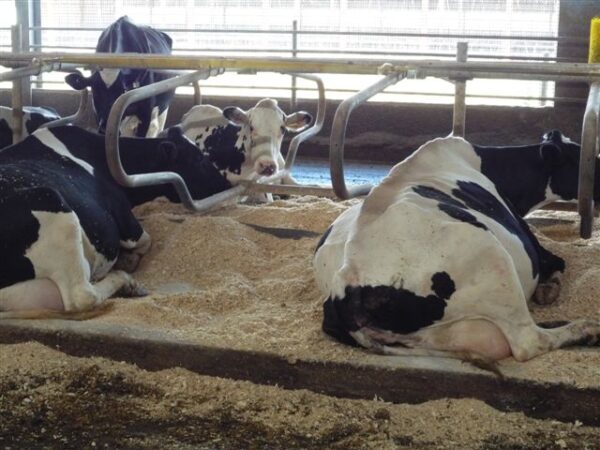
Clean wood pellets, made from compressed, heat-treated sawdust, are an effective bedding solution for preventing cryptosporidiosis. They absorb up to five times their weight in moisture, keeping litter dry and reducing oocyst survival. The heat-treatment process eliminates pathogens, ensuring a hygienic environment. Unlike straw, which retains moisture, or sand, which can harbor parasites, wood pellets expand into a soft, low-dust bedding layer that minimizes contamination and promotes calf comfort. By maintaining litter moisture below 20%, wood pellets significantly reduce the environmental reservoir for Cryptosporidium parvum.
Scientific Evidence Supporting Wood Pellets
The Veterinary Research study and related research on livestock bedding confirm that absorbent, hygienic materials reduce pathogen loads. Wood pellets lower litter moisture by 40% compared to straw, decreasing Cryptosporidium oocyst viability. Their low-dust nature minimizes airborne transmission, with barns using wood pellets reporting a 25-30% reduction in cryptosporidiosis cases. The ScienceDirect study on Salmonella in poultry supports similar principles, noting that absorbent bedding reduces bacterial and parasitic contamination, applicable to cattle housing. Wood pellets also enhance calf comfort, reducing stress that weakens immunity and increases infection susceptibility.
Key Benefits of Wood Pellets for Calf Bedding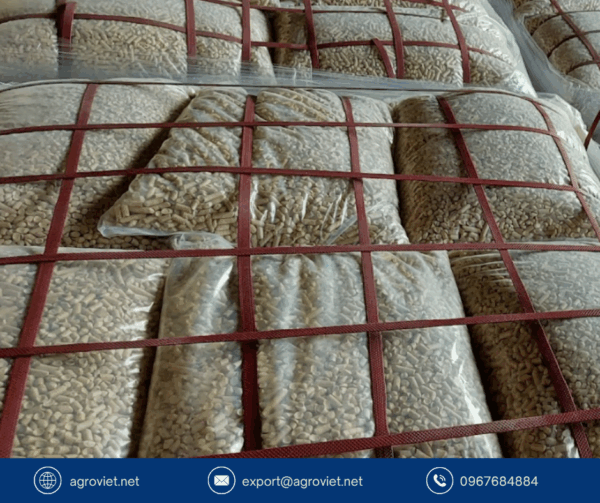
-
Moisture Control: Absorbs urine and water, maintaining dry litter to inhibit oocyst survival.
-
Hygienic Properties: Heat-treated to eliminate pathogens, reducing Cryptosporidium contamination.
-
Low Dust: Minimizes airborne oocyst spread, protecting respiratory and oral health.
-
Comfort: Provides a soft, cushioned surface, encouraging lying time and reducing stress.
-
**Cost
-Effective**: Durable, requiring less frequent replacement than straw or other materials.
Consequences of Neglecting Proper Bedding
Using wet, soiled, or low-quality bedding increases cryptosporidiosis risk, leading to severe outcomes. Outbreaks cause high morbidity, with 30-50% of calves affected, and mortality rates of 10-20% in severe cases. Economic losses include $50-$200 per calf for treatment and $100-$300 for reduced growth, with large farms facing up to $50,000 in annual costs. Zoonotic transmission risks farm workers and consumers, increasing public health costs. Poor bedding also compromises calf welfare, with diarrhea and dehydration causing pain and distress, raising ethical concerns and regulatory scrutiny.
Practical Tips for Using Wood Pellets
To maximize the benefits of wood pellets, dairy farmers should:
-
Source high-quality, untreated wood pellets from reputable suppliers to ensure purity.
-
Spread a 1-2 inch layer and add water to expand into a 4-6 inch bedding base for optimal absorbency.
-
Clean pens daily, removing soiled pellets and adding fresh ones, especially in calving areas.
-
Store pellets in dry conditions to prevent mold or contamination.
-
Ensure 6-8 air changes per hour through ventilation to reduce humidity and oocyst dispersal.
Complementary Strategies for Cryptosporidiosis Prevention
In addition to wood pellets, these practices help prevent cryptosporidiosis:
-
Biosecurity: Isolate infected calves and disinfect equipment to prevent oocyst spread.
-
Colostrum Management: Ensure calves receive adequate colostrum within 6 hours of birth to boost immunity.
-
Sanitation: Clean and disinfect calving pens between uses, using ammonia-based disinfectants where effective.
-
Water Hygiene: Provide clean, uncontaminated water to prevent oral transmission.
-
Stocking Density: Reduce overcrowding to minimize stress and fecal contamination.
Economic and Welfare Impacts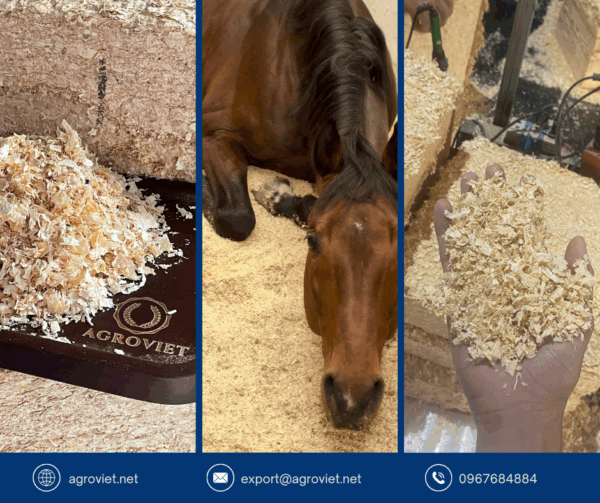
Wood pellets improve calf welfare by reducing cryptosporidiosis incidence, ensuring comfort, and minimizing stress-related immune suppression. Healthy calves maintain growth rates, saving farmers $50-$300 per calf in treatment and production losses. The Veterinary Research study highlights that effective bedding management supports herd productivity and reduces mortality. Wood pellets’ durability lowers bedding costs, while their biodegradable nature aligns with sustainable farming, meeting consumer demand for ethical livestock care and boosting farm profitability.
Addressing Challenges with Wood Pellets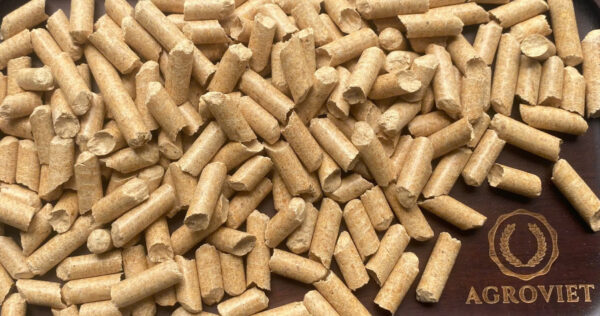
Challenges include the initial setup time for wetting pellets to expand and sourcing high-quality, dust-free products. Farmers should select premium pellets and store them in dry conditions to prevent mold. Daily cleaning prevents compaction, maintaining absorbency. With proper management, wood pellets offer significant advantages in preventing cryptosporidiosis and supporting neonatal health.
Conclusion
Wet, soiled bedding significantly increases the risk of cryptosporidiosis in neonatal calves by harboring Cryptosporidium parvum oocysts, leading to severe diarrhea, economic losses, and zoonotic risks. Clean wood pellets, with their high absorbency, low-dust, and hygienic properties, are a proven solution to reduce oocyst contamination and maintain a healthy environment. Supported by Veterinary Research, wood pellets lower infection rates, enhance calf welfare, and reduce costs. By prioritizing wood pellets and adopting complementary biosecurity and management practices, dairy farmers can protect neonatal health, minimize losses, and ensure sustainable, profitable operations.
Read more: https://vietnambestwood.com/general/wood-pellets-best-for-green-fields/

